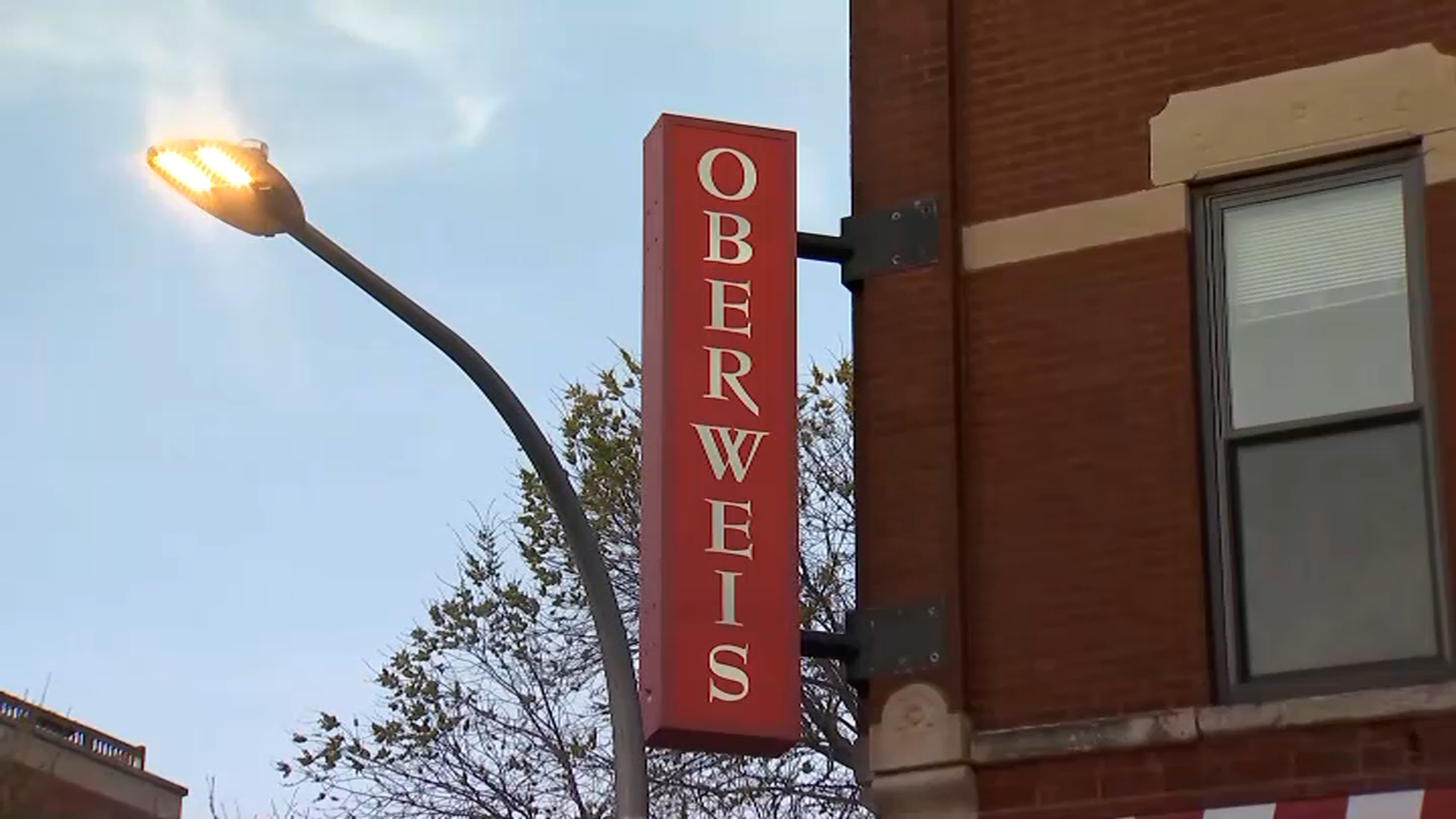Last week, I had lunch with the executive director of the Midwest High Speed Rail Association, which has its headquarters in Chicago. The association’s dream is to link the entire region with trains that travel 220 miles an hour. Such a network would strengthen Chicago’s position as capital of the Midwest, by drawing cities that now require an overnight trip into commuting range: Urbana-Champaign would be 45 minutes away, St. Louis 90 minutes, Detroit two hours. High-speed trains could make the entire Midwest a suburb of Chicago.
We’re not even close to that now. In fact, we’re only halfway there. Last year, a Chicago-to-St. Louis train ran 110 mph from Dwight to Pontiac. By 2015, it will run that fast along three-quarters of the route. Once that’s done, 110 mph service to Detroit is next. Illinois is willing to experiment with high-speed rail, unlike a few other Midwestern states. Wisconsin Gov. Scott Walker and Ohio Gov. John Kasich turned down federal high-speed rail dollars for reasons know only to them and to the oil companies which contribute heavily to the Republican Party.
Illinois’ openness to high-speed rail is reaping financial dividends beyond quicker business trips. The Department of Transportation has put the state in charge of procuring 35 high-speed locomotives for Midwestern and West Coast states. That’s likely to mean contracts for Illinois rail manufacturers. According to a press release from Gov. Pat Quinn’s office:
Today’s rail procurement news comes as passenger rail ridership in Illinois is experiencing a tremendous upswing. Ridership on key Amtrak routes in the state has surged over the last seven years. Passenger volume on the Chicago to St. Louis route is up 225 percent; Chicago to Carbondale is up 154 percent; Chicago to Quincy is up 95 percent; and Chicago to Milwaukee is up 42 percent.
“Several years ago, with ridership on passenger trains continuing to climb in the U.S., I saw an opportunity to bring the rail car manufacturing industry back to the U.S. and back to Illinois,” U.S. Senator Richard J. Durbin said. “I spearheaded an effort in Congress to repair Amtrak’s aging fleet of passenger cars, bring rehabilitated cars to Illinois and revive the train car industry in the United States. While a century ago the domestic railcar giant Pullman Company provided a strong manufacturing base in Illinois, today Illinois is home to the nation’s largest rail supply industry. I applaud FRA’s decision to name IDOT as the lead in the multi-state locomotive procurement process and to bring good paying jobs to the United States while advancing cleaner, cheaper, and greener transportation options.”
IDOT was involved last year in a multi-state procurement of the 130 next-generation bi-level rail cars for high-speed service, an effort led by California. That procurement resulted in the selection of Sumitomo/Nippon-Sharyo, which is building the rail cars from its plant in Rochelle, Illinois, including the 88 cars to be used on Midwest high-speed corridors. The Rochelle plant opened in 2012 and has created more than 250 jobs in Illinois.
Local
The automotive age is dwindling, because of high gasoline prices and concerns about air pollution and global warming. Ironic that one of the forms of transportation replacing is the train, the form of transportation that the car replaced. Gov. Quinn gets that. He also gets that Chicago became great because it was the nation’s rail hub, and that rail is part of our future, as well as our past.



